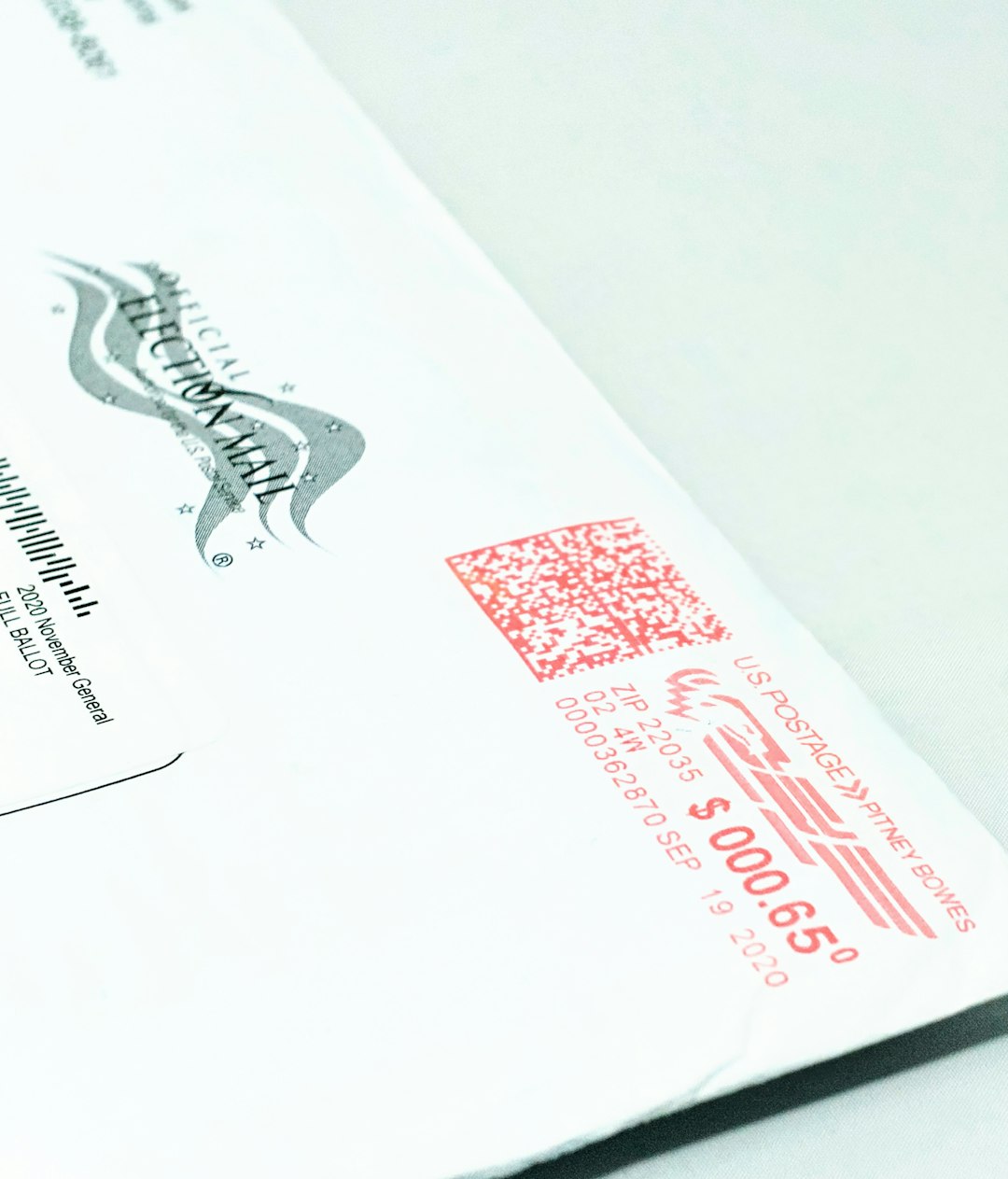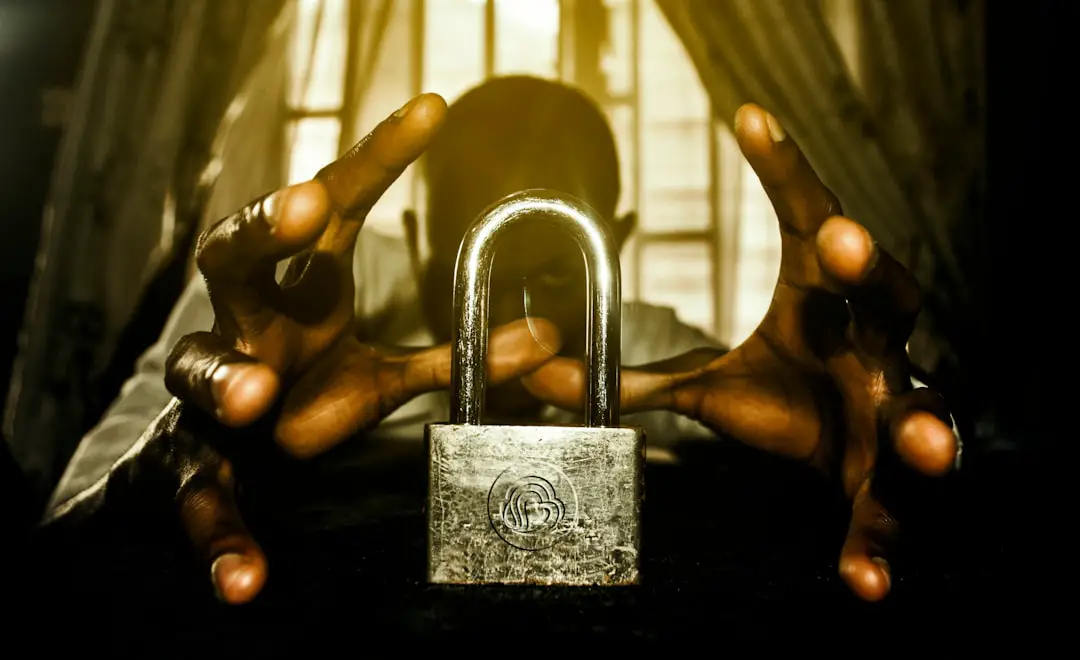As we move deeper into the digital age, ensuring secure communications across the internet has become a top priority for businesses, governments, and individuals alike. The backbone of internet security lies in encryption protocols, the two most recognized being Secure Sockets Layer (SSL) and Transport Layer Security (TLS). While these terms are often used interchangeably, understanding their differences—and why TLS has come to replace SSL—is essential for anyone concerned with cybersecurity in 2025.
The Origins of SSL and TLS
SSL was first developed by Netscape in the mid-1990s to secure internet communications. SSL 2.0 launched in 1995, but vulnerabilities quickly led to SSL 3.0 in 1996. Soon after, the Internet Engineering Task Force (IETF) took over development, resulting in TLS 1.0, released in 1999, which became the new standard. Despite this, many people continued to refer to TLS as SSL, largely due to habit and branding familiarity.
TLS (Transport Layer Security) is essentially the successor to SSL and has been carefully improved over the decades. The current iteration, TLS 1.3, was published by the IETF in August 2018, marking a major shift in how web encryption is handled—enhancing security, improving performance, and eliminating outdated features of previous versions.
Key Differences Between SSL and TLS
Although TLS was based directly on SSL, the two are no longer compatible at a protocol level. Understanding their core differences is essential to grasp why SSL is considered obsolete and dangerous in modern environments.
- Cryptographic Strength: TLS offers stronger encryption algorithms and supports better key exchange mechanisms. SSL protocols rely on older encryption methods that are now vulnerable to modern attacks.
- Handshake Process: TLS has a more secure and efficient handshake process. TLS 1.3, specifically, removes elements like the RSA key exchange and obsolete hash functions, making it resilient against many man-in-the-middle (MITM) attacks.
- Performance: With the elimination of some round trips in the connection establishment phase, TLS 1.3 offers reduced latency compared to SSL and even earlier versions of TLS.
- Security Features: TLS includes mechanisms like forward secrecy, which ensures past communications remain secure even if private keys are compromised in the future.
In simple terms, TLS is faster, more secure, and more efficient than SSL. This is why SSL is now deprecated, and industry leaders strongly advise transitioning to modern versions of TLS.

Why SSL Is Considered Insecure in 2025
While SSL 3.0 was at one time considered a step forward in web security, it has since been rendered obsolete due to a number of vulnerabilities discovered over the years. Attacks like POODLE (Padding Oracle On Downgraded Legacy Encryption) exposed fundamental flaws in the SSL 3.0 protocol. More recently, cybersecurity researchers have demonstrated that SSL is susceptible to downgrades and interception, which allows attackers to force a lower encryption level during a session negotiation.
Because of these risks, organizations such as the National Institute of Standards and Technology (NIST) and browser vendors have officially removed support for SSL. As of 2025, major browsers and content delivery networks have completely disabled SSL support, and maintaining it on servers opens an organization to significant compliance and reputational risks.
Evolution to TLS 1.3
The push toward TLS 1.3 underscores the priority of securing digital communication at scale. TLS 1.3 simplifies the protocol while bolstering its defenses against modern threats.
Key features of TLS 1.3 include:
- Zero Round Trip Time (0-RTT) Resumption: Allows for faster reconnections by enabling encrypted data transmission with zero latency for repeat connections.
- Reduced Cipher Suites: Outdated and insecure algorithms like RC4, MD5, and SHA-1 have been removed, enhancing protocol robustness.
- Encryption of More Handshake Components: TLS 1.3 encrypts almost all elements of the handshake process, making passive surveillance and eavesdropping extremely difficult.
These features make TLS 1.3 not just a necessity for compliance but also a sound decision for performance optimization and future-proofing infrastructure.
The Role of Certificates in TLS
At the heart of TLS security is the certificate infrastructure, primarily enabled through Public Key Infrastructure (PKI). TLS certificates confirm that the server you are communicating with is indeed who it claims to be. These certificates are issued by trusted bodies known as Certificate Authorities (CAs).
Typically, a TLS certificate contains:
- Domain name and owner details
- Public key
- Validity period
- Digital signature from the issuing CA
Properly managing and renewing certificates is essential for sustaining uninterrupted encrypted communication. Shadow IT practices that result in expired or misconfigured certificates continue to pose real threats to organizational security.

Why This Matters in 2025
With a growing number of cyberattacks leveraging network vulnerabilities, encryption is no longer optional—it’s critical. In 2025, several key trends make understanding SSL and TLS more important than ever:
- Regulatory Compliance: Frameworks like the General Data Protection Regulation (GDPR), California Consumer Privacy Act (CCPA), and various industry-specific mandates require using current encryption standards. Using SSL may result in legal penalties and data privacy violations.
- Increased Use of Cloud Services: As organizations migrate to the cloud, securing data in transit between clients and cloud services through TLS becomes essential.
- Zero Trust Architectures: Modern cybersecurity frameworks assume no implicit trust, even within the network perimeter. TLS helps establish secure communication channels without the assumption of safety based on geographic or segment-based models.
The persistence of outdated SSL configurations typically stems from legacy systems or misinformed administrators. However, ignorance is no longer an excuse in a world where encrypted data interception could lead to devastating breaches and loss of customer trust.
The Path Forward: Practical Recommendations
For organizations and IT professionals looking to maintain strong security postures in 2025 and beyond, consider the following practices:
- Audit Existing Encryption Protocols: Use tools to check if any services still support SSL or deprecated TLS versions like 1.0 or 1.1.
- Enable TLS 1.3 by Default: Make TLS 1.3 the standard in all web servers, APIs, and internal services.
- Educate Staff: Ensure IT employees and developers understand the risks of outdated encryption and the importance of transitioning to secure protocols.
- Strong Certificate Management: Automate certificate renewal and monitor expiration dates to avoid unplanned outages.
- Stay Up to Date: Follow best practices and official security advisories pertaining to TLS implementations and cryptography standards.
Organizations must proactively dismantle legacy systems and configurations that could expose them to avoidable risks. The benefits of upgrading to TLS 1.3 extend far beyond security—they include better user experience, improved network performance, and greater trustworthiness.
Conclusion
SSL and TLS may seem like technical jargon, but their implications are substantial and far-reaching. What might seem like a simple choice of acronyms can actually be the dividing line between a secure system and one that is easily exploited. In 2025, there is no room for compromise on this front.
TLS is not merely a technology choice—it’s a foundational element of digital trust in the 21st century. Organizations that prioritize the move to TLS 1.3 and aggressively phase out SSL and outdated TLS versions position themselves as leaders in security, privacy, and innovation. In an age where trust is currency, secure communication through modern encryption protocols has never been more vital.
